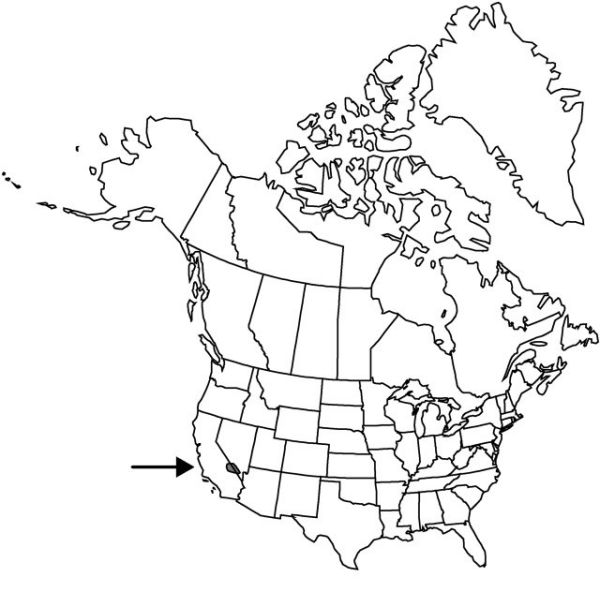Sisyrinchium funereum
Bull. Torrey Bot. Club 31: 387. 1904.
Herbs, perennial, cespitose, green to ashy olive when dry, to 7.6 dm, strongly glaucous; roots somewhat fleshy-thickened. Stems branched, with 1 node, 1–4 mm wide, glabrous, margins white-cartilaginous; internode 16–65 cm, longer than leaves, with 2–3 branches. Leaf blades glabrous, bases not persistent in fibrous tufts. Inflorescences borne singly; spathes green, obviously wider than supporting branch, glabrous, keels entire; outer 13.5–24 mm, 3 mm shorter to 1 mm longer than inner, tapering evenly towards apex, margins basally connate 5–6.5 mm; inner with keel evenly curved to straight, hyaline margins 0.6–1.1 mm wide, apex extending as 2 broadly rounded and erose lobes, ending at or slightly beyond green apex. Flowers: tepals pale blue to light bluish violet, bases yellow; outer tepals 9–15 mm, apex truncate to occasionally rounded, aristate; filaments connate ± entirely, glabrous; ovary similar in color to foliage. Capsules beige, globose, 5–6 mm; pedicel erect to ascending. Seeds globose to obconic, lacking obvious depression, 1.1–1.5 mm, slightly granular. 2n = 32.
Phenology: Flowering early spring.
Habitat: Moist, grassy areas along streams and springs where soil strongly alkaline
Elevation: 0–800 m
Distribution

Calif., Nev.
Discussion
Of conservation concern.
Sisyrinchium funereum is endemic to the Death Valley-Ash Meadows region.
Selected References
None.